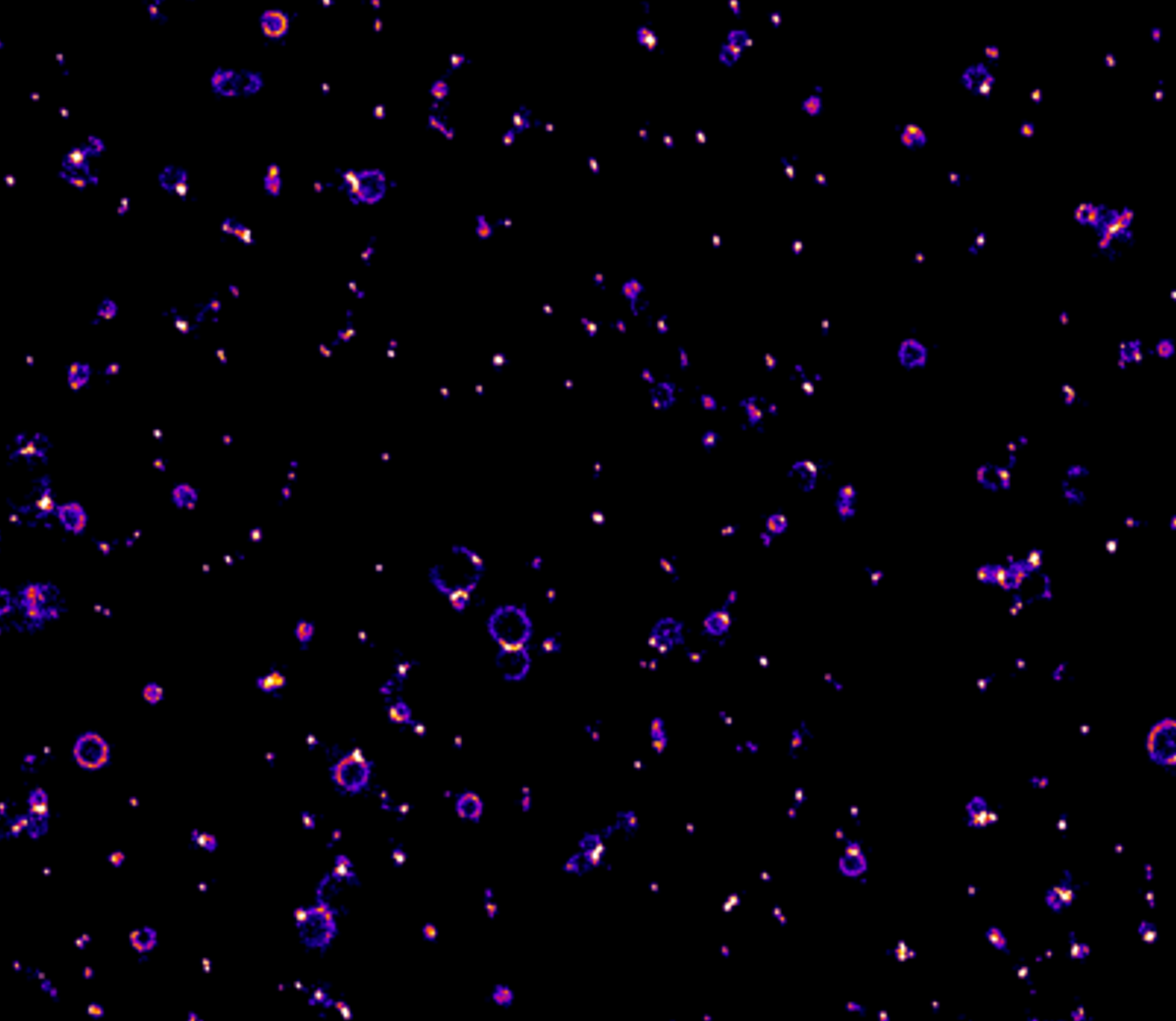EVs’ specific role depends on their size and their cargo; the characterization of EVs’ structural and biochemical features is essential to understand their diagnostic and/or prognostic potential [3]. Function-dependent morphology is best verified by microscopic techniques: however, the vast majority of EVs are too small for the resolutive power of conventional optical microscopes.
What is needed to characterize single-vesicle morphology and perform biomarker analysis at the nanoscale with SMLM?
- Selective immobilization of EVs on a super-resolution glass slide; Abbelight Smart EVs kit contains the necessary reagents to perform highly specific affinity capture of EVs from cell culture medium or plasma.
- Single molecule visualization of immobilized EVs.
- Adapted analytical tools. Abbelight Neo software integrates powerful clustering algorithms for segmentation and accurate morphological description of single molecule EV datasets.

